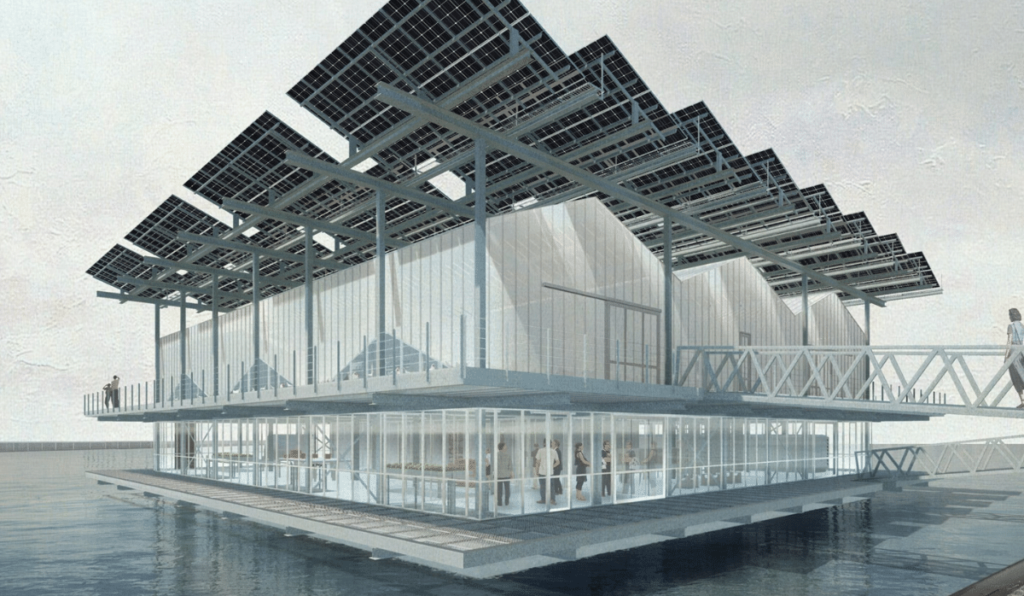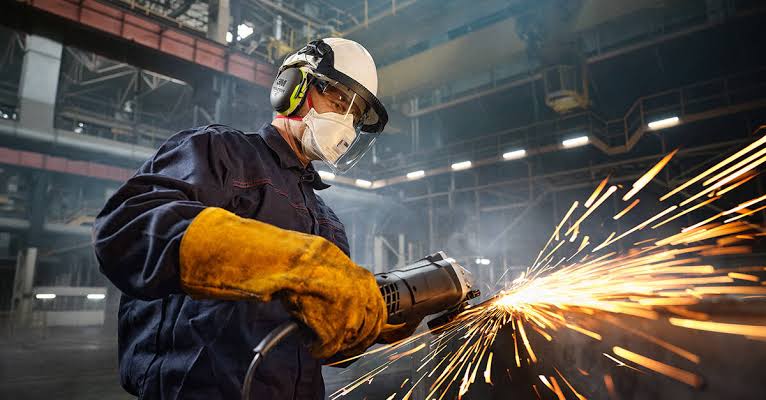Metals, which have played a crucial part in building things for centuries, are known for their durability, strength and adaptability across many different uses. But with the focus on sustainability growing stronger within construction, the way we use metals is changing to match up with environmentally friendly building methods.
Advantages of Metals in Sustainable Construction
Metals like steel, aluminum and copper are considered sustainable materials because of their ability to be recycled. Unlike many other construction substances, metals can go through the recycling process countless times without losing their qualities. This helps in lessening the dependency on fresh resources and decreases effects on the environment. Furthermore, metals have remarkable strength-to-weight ratio which enables creation of lighter structural designs needing less material and energy for making during construction processes.
Energy Efficiency and Thermal Performance
Utilizing metals in building structures can enhance energy efficiency and thermal performance. Advanced metal roofs reflect solar energy, reducing the heat island effect and interior cooling needs. Likewise, insulated metal panels enhance thermal insulation, helping to stabilize indoor temperatures and cut dependence on climate control systems. Such metals greatly increase sustainability by boosting building envelope efficiency, key to achieving energy goals and lowering carbon footprints.
Life Cycle Analysis and Environmental Footprint
Analysis of the whole lifecycle is very important to measure how much the environment gets affected by construction materials. Usually, metals show good characteristics in their total life cycle. They have high recycling percentages and low embodied energy when compared with other materials available on market. Steel, for example, is among the most recycled globally with a rate surpassing 90%. Construction experts can use a comprehensive life cycle assessment to choose materials wisely, giving more importance to options that reduce environmental effects throughout the entire lifespan of a building.
Innovations in Sustainable Metal Manufacturing
Advancements in technology for making metal are causing sustainability improvements in the metal manufacturing industry. Processes like electric arc furnaces and production of direct reduced iron provide energy-saving choices compared to old-fashioned steelmaking ways, which helps lessen greenhouse gas emissions as well as use less resources. Moreover, new methods used for surface treatments and coatings increase the strength and life span of metal parts. This helps them stay longer in service, reducing how much maintenance they need over time. As metal manufacturers adopt sustainable methods of production, they are setting the stage for an eco-friendly construction industry. A steel pipe, for example, is a sustainable choice for construction projects, offering durability, recyclability, and efficient material usage in building infrastructure.
Recycling and Circular Economy Principles
The idea of the circular economy is becoming popular in the construction sector, stressing on saving resources and lessening waste. Metals have a natural fit with this idea because they can be recycled and used again endlessly. With good recycling plans and material retrieval efforts, construction works can redirect large amounts of metal waste away from garbage dumps while encouraging a closed-loop handling method for materials. Stakeholders can also lessen the environmental impact of metal in the built environment by incorporating recycled content into new construction schemes.
Challenges and Opportunities for Sustainable Metal Usage
Metals are integral to sustainable construction, but their environmental impact, from mining to transportation, requires strategic enhancements. Emphasizing research, adopting established best practices, and fostering supply chain collaborations are crucial steps to advance metal sustainability and innovation in the industry.
Metals are very important for sustainability in construction because they provide strong structures that last long and can be recycled. They make buildings use less energy and promote reuse of materials, both key factors for environmental responsibility. From structural parts to roofing systems and front coverings, metals not only contribute to the complete life cycle of a building but also meet the needs of modern design and construction. By using sustainable manufacturing processes, encouraging recycling efforts, and adopting circular economy principles, we can fully utilize the potential of metals as a path towards environmental responsibility within our industry.






